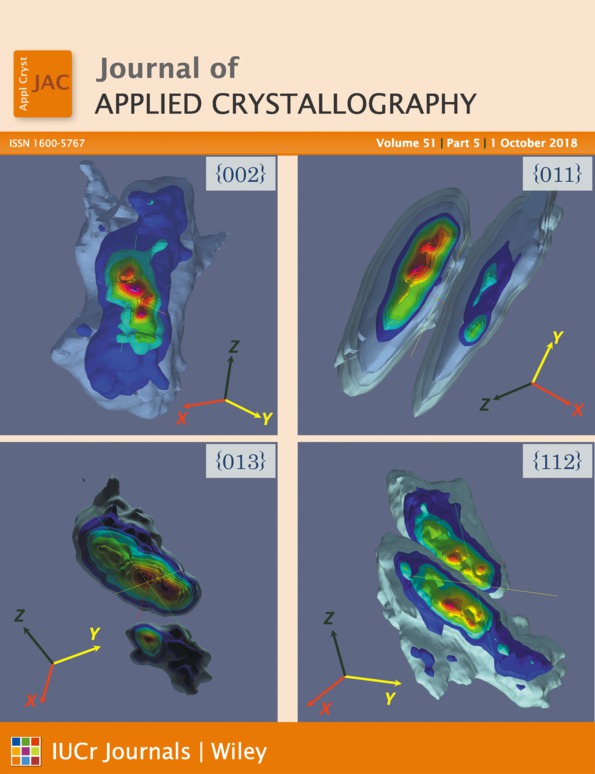Time-resolved X-ray absorption spectroscopy on Al–Cu alloys – from solute copper to stable precipitates
Abstract
Although binary aluminium alloys seem to be uninteresting and well known, some aspects of their precipitation sequence – especially the early stages immediately after quenching – are still not well understood. Since the Al–Cu system is the basis for many ternary and quaternary high-strength alloys with application in the aviation sector, it is important to understand this binary system in detail. This problem is here tackled by a unique combination of differential scanning calorimetry and X-ray absorption fine structure measurements, where relaxed atomic coordinates for simulation of the spectra have been obtained by ab initio calculations. Thereby, it is possible to attribute any exo- or endothermal peak to a certain type of precipitate, even though formation and dissolution regions have a large overlap in this system. This unique combination of experimental and numerical methods allows one to determine the local atomic environment around Cu atoms, thus following the formation and growth of Guinier–Preston zones, i.e. Cu platelets on {100} planes, during the precipitation process.




